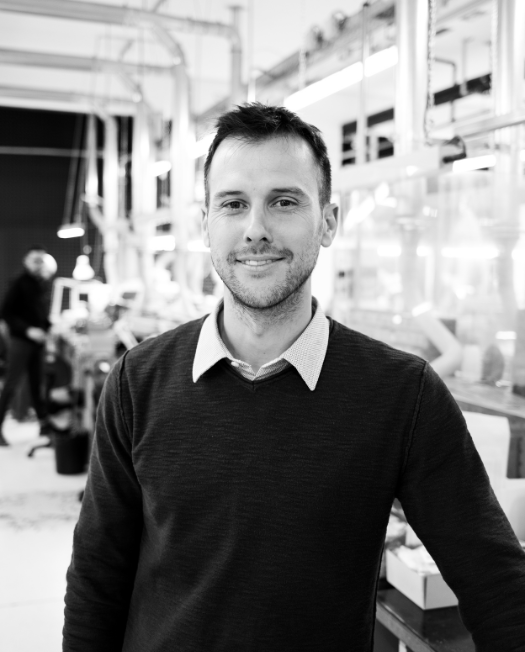From Italian Journey to Made in Italy
No foreign literary work has contributed as much to building an imaginary of our country as the famous Italian Journey by the prolific German scholar J. W. Von Goethe, who travelled through Italy between 1786 and 1788, portraying it as an ideal place of beauty, suspended between the Eden-like dimension of its landscapes and the sublime inspiration of its art. It was not until the 1980s that this zeitgeist was transcended into matter. And while it is true that a decade later, the rock band Afterhours were singing that “You can’t get out alive from the 80s”, it was precisely in those years that Italy came back to the fore with a new identity: bold, industrious and organised with a production system recognised for its high quality and unmistakable style. The ‘Made in Italy’ concept, which took off in those years, decreed the success of an exquisitely Italian heritage, in many respects.
Retro forays into eyewear had feminine shapes. Cat-eye and elongated, but also slightly trapezoidal, in both dark and coloured tones, the influences of which follow certain collections produced by Marcolin

From fashion to design, from food to mechanics
There were four categories that defined the identity of an entire country: clothing, agri-food, furniture and automobiles. The designers who championed the ‘Made in Italy’ concept the most include the genius that was Gianfranco Ferré, known for the harmonious volumes of his creations, celebrated for the impeccable style of his pinstripe suits and for turning the shirt into a fetish. The women he imagined for his creations, at a time when the euphoria of prosperity was often overshadowed by superficial appearances, alluded to the rediscovery of their power. Women could aspire to top roles in society. Hence the formal style accompanied by the bold nature of their accessories. Retro forays into eyewear had feminine shapes: cat-eye and elongated, but also slightly trapezoidal, in both dark and coloured tones, the influences of which follow one another in the thread of the story, from the temples to the lenses, in certain collections produced by Marcolin.
Sometimes They Come Back
It is not only the title of one of the most significant short stories by Stephen King, the king of thrillers, published in Italy in 1981, that links the last gasps of the 1970s to the new era. The zeitgeist comes in wearing full revival silhouettes: these include the iconic round, coloured or tortoiseshell glasses inspired by Andy Warhol, appearing in the brightly coloured magazines, film sets and city streets of the West and of Italy full of ardour, as well as the famous teardrop lenses which made a comeback thanks to the films of an era seductive in terms of aesthetics and storylines. And it is with this spirit, conjuring up pages from books, archive footage and films, that Marcolin gave a voice to these atmospheres in its collections.
From fashion to design, from food to mechanics, four categories redefined the identity of the country: clothing, agri-food, furniture and automobiles. The Made in Italy concept took off in those years
















